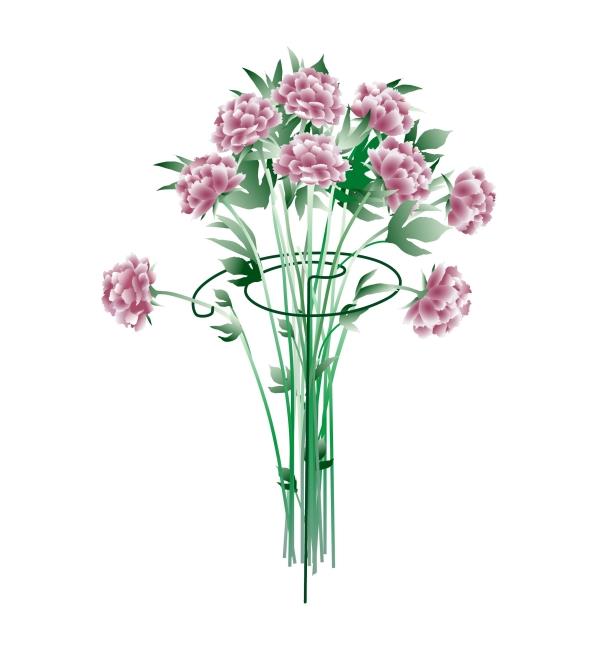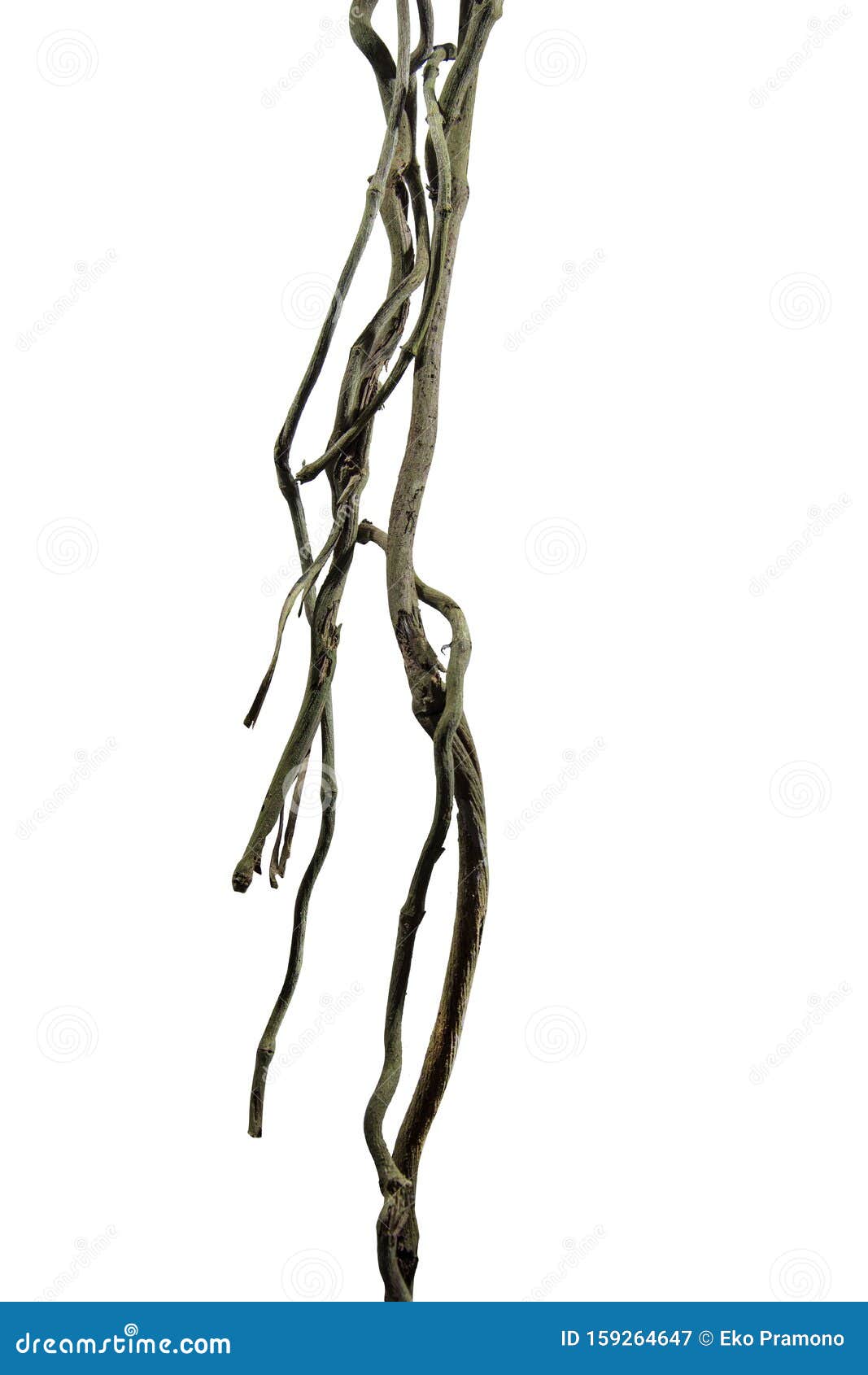

I’ve never tried it myself and have no intention of doing so: it takes far too much effort. ? What follows is the method currently recommended by several Internet sources, including ProFlowers®. It’s much easier to train a lucky bamboo plant to spiral with it standing upright, using the “open-sided box” method. Soil spills out, proper watering a pot on its side is near to impossible, if you straighten up the plant in order to water it, you have to lay it down it down in exactly the right position, etc. Growing a plant on its side is very awkward indoors. That’s a lot of precision work and growers must carefully calculate the moves they need to make, but they have become masters in the art of forcing the stem to form a sellable spiral.

For reasonably fast results, ideal conditions of warmth, moderate light, high humidity and careful fertilization are carefully maintained. This is then repeated regularly, slowly giving the plant a curved stem. The plant then changes direction slightly, trying to straighten itself. But after a few weeks, the growers turn the stems a bit clockwise (or counterclockwise). With the stem now horizontal, its tip will therefore start to turn towards the light above, producing new growth almost straight up.
#SPIRAL PLANT CLIPPING PROFESSIONAL#
Professional growers train their plants to spiral simply by placing the plant on its side. Because of positive phototropism, plants will bend towards the source of light. Hey! It’s a plant and needs light, so it will obligingly, but very slowly, bend towards the source of light. That’s called positive phototropism. Getting a dracaena to grow at odd angles is not done by pruning (well, not directly) or wiring (as in bonsai), but by exposing it to light from only one direction. Professional Method Spiral bamboos ready for shipping. However, very often this plant is produced with a spiralling stem or even a braided one. You often see lucky bamboos with a spiralling stem and may have wondered how they are created.
#SPIRAL PLANT CLIPPING HOW TO#
Once an overall description and care guide: What is a Lucky Bamboo? and again on how to free one up and grow in it soil the way it really wants to be grown in the article Transplanting a Lucky Bamboo. I’ve written about the lucky bamboo a few times. Lucky bamboos are produced by the millions in various Asian countries (China, Taiwan, Thailand, India, etc.) where they’re said to bring good luck. One lucky bamboo farm claims to produce over 9 million stems annually… and there are dozens of these growers. Essentially, it’s a Feng Shui-influenced way of enhancing the appearance of a rather ordinary dracena ( Dracaena sanderiana), therefore not a real bamboo at all, presenting the plant with 9/10ths of its leaves ripped off, usually in a vase or little tray of stones and water rather than soil (the latter to slow its growth down as much as possible so the original look lasts a long time). It’s a houseplant widely available in garden centers, florist shops, Asian grocery stores and even supermarkets, although not as popular as it was a few years ago. Most people would recognize a lucky bamboo if they saw one.

Lucky bamboos are popular houseplants these days, but the ones with spiralling stems are certainly intriguing! Photo:


 0 kommentar(er)
0 kommentar(er)
